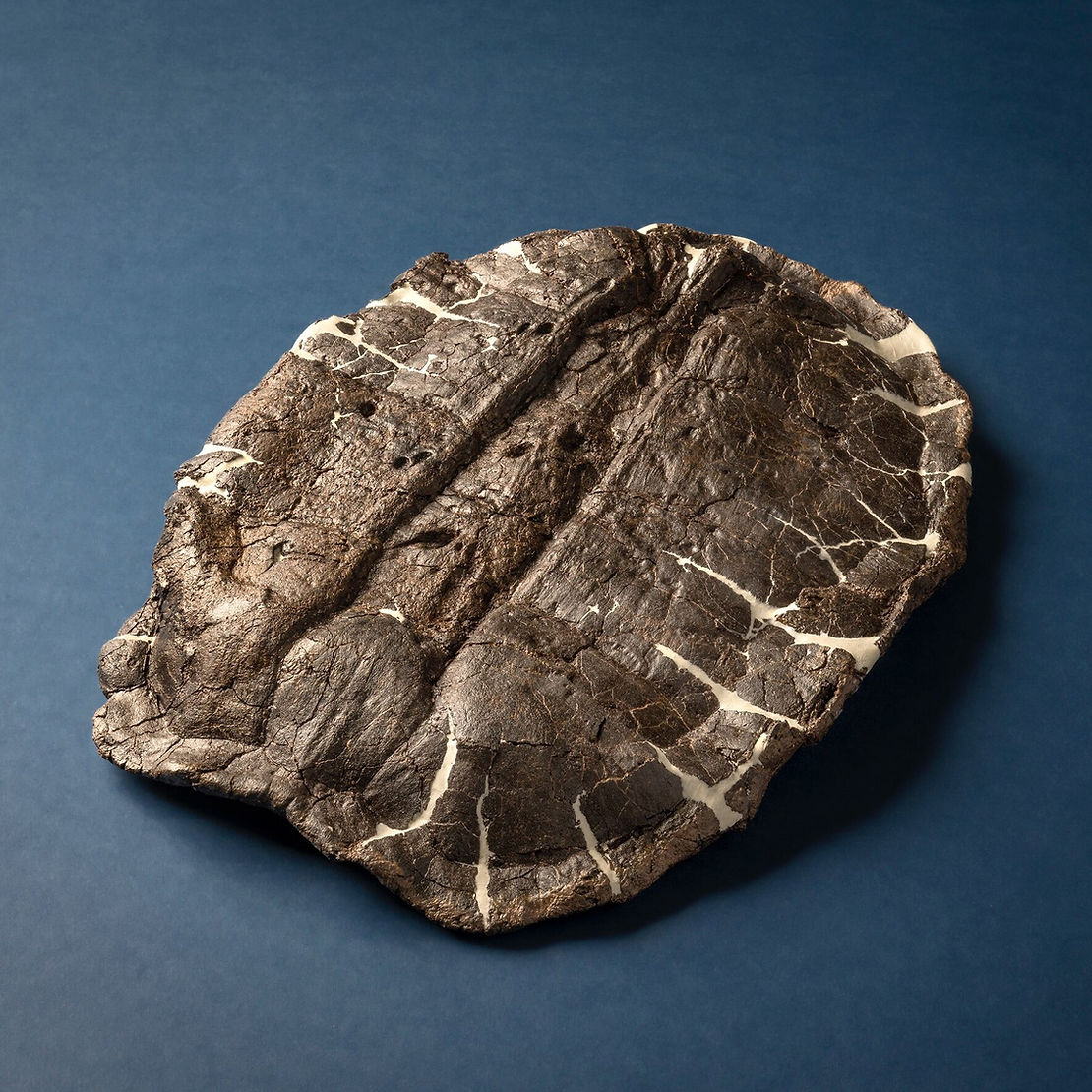By: Yiran Liu
The modern area of Bavaria used to have shallow waters in the Jurassic Period. Poor oxygen conditions prevented scavengers from coming and disturbing the fossils buried deep in the ground. 150 million years later, paleontologists have finally dug up these fossils.
Recently, they discovered a pancaked turtle fossil. This was because of the environment in the Jurassic Period. This specimen represents approaches to life at sea. “The turtle’s name is Solnhofia,” said Felix Augustin, a paleontologist at the University of Tübingen in Germany and an author of the study. It was originally named in 1975, but for decades the creature was known only from a pair of skulls found in Bavaria and Switzerland. More fragments were found in 2000.
The new specimen was recovered by a private collector. “It’s the most complete and best preserved one so far,” said Márton Rabi, a paleontologist also at the University of Tübingen and another author of the study. This preservation is a blessing and a curse. “Anatomists most like disarticulated skeletons where we can turn around the bones and really study details of anatomy,” Dr. Rabi said. “That’s not really possible with these articulated skeletons, and they’re not easy to CT scan either — they’re pretty flat and large.”











